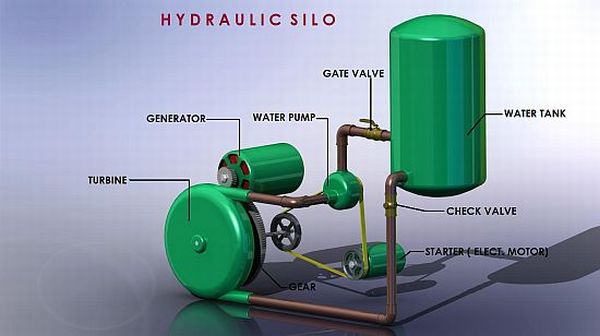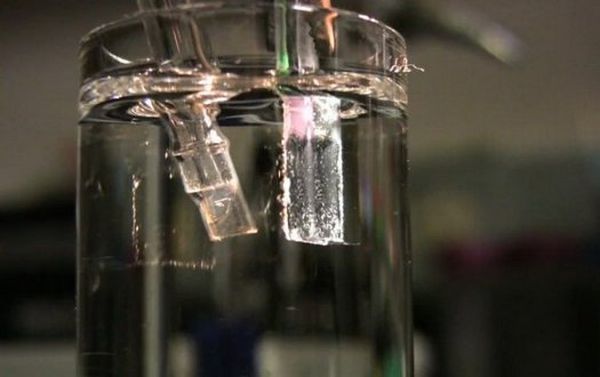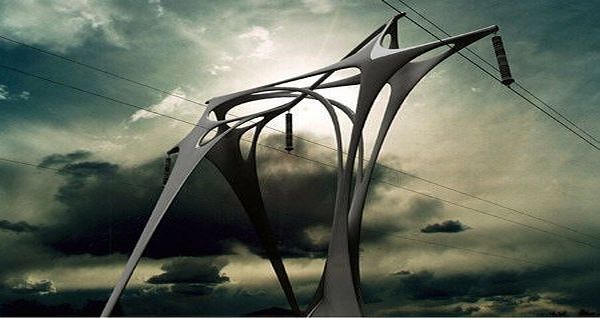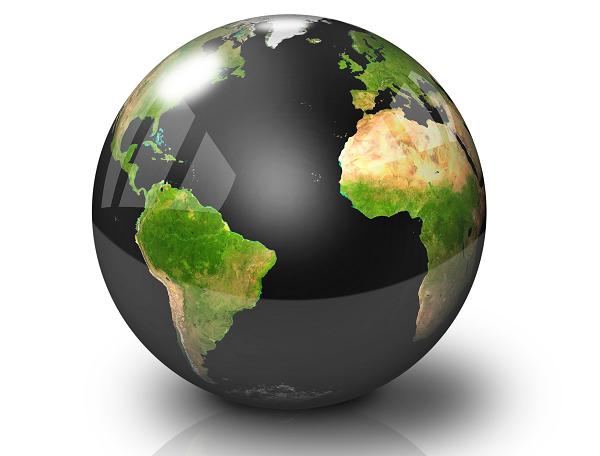
As we know it
Fossil fuels contribute maximum towards the production of useful electrical energy throughout the globe. Among those, coal alone accounts for about 41% of the world’s electricity production. The production of electrical power from coal is a very long and complex process in which it is pulverized and burnt to heat up boilers giving rise to hot steam which in turn rotates large turbine blades to produce electrical power. This process results in immense pollution as a result of burning of fuels. Thus alternative non-conventional energy sources such as sun, wind and water should be employed effectively to eliminate the short comings of energy production from fossil fuels.
Need for change
Researches show that the equivalent carbon emissions caused due to the burning of fossil fuels such as mineral oil, coal, natural gas, etc., ranges to about 8000 million metric tonnes in the year 2010 which will reach to about 10000 million metric tonnes in the year 2020. To avoid this destructive situation, we should immediately research and implement the nature-friendly renewable energy resources to generate essential electrical power. Among these resources, water is a very important one. Moving water is an immense source of energy if harnessed properly. In the present world, people are wasting drinkable water considerably, being ignorant of the fact that already the underground water resources are getting depleted slowly. We should be sensible about the importance of water as an essential natural resource and emphasize on how to harness its energy to produce electricity.
What’s next?
1. MIT professor Dan Nocera’s concept

What’s new
MIT professor Nocera has put forward an excellent concept of using solar power for household needs. It makes the use of an electrolyte which is a mixture of cobalt and potassium phosphate. It also uses the solar power (by a solar module) to charge up a fuel cell containing only 5 litres of water sufficient to provide power throughout a 500 km long ride.
What difference will it make
This product makes use of solar energy to charge up the fuel cell in which simple disintegration of water into hydrogen and oxygen takes place. The electrolyte used in this model is very cheap and efficient as the degree of ionization of phosphate is very high.
Problems
This system will not be able to charge up in the dark. The level of safety to work with hydrogen gas in a domestic environment is undefined. Hydrogen gas is too much combustible and may blow up your house in seconds if exposed to a naked flame.
2. Hydraulic Silo

What’s new
This is a fantastic model which operates on the principle of power generation by rotation turbine blades coupled with a generator. The turbine rotates due to the flow of water from a water tank. Initially the water pressure needs to be increased with the help of an electrical motor coupled with a water pump which is shut off later on, as the system continues to rotate on its own. The turbine blades are provided with gears which are in turn coupled with the gears fixed on the shaft of the generator.
What difference will it make
This model makes use of the energy of moving water in the house itself. Unlike conventional models using this phenomenon, this one does not waste water. Instead, it reuses the water over and over as the water from the turbine is redirected to the water storage tank via a back flow pipeline. This model will easily power a household or a small firm.
Problems
This model is not independent of electrical energy. It is because it requires an electrically aided motor to initiate its operation. The performance will surely get affected in the absence of electrical power.
3. Eco Electric

What’s new
This device keeps a track of a house-hold’s water usage (water-conservation gadget) and subsequently generates its own energy from the waste water. This device tracks the amount of water entering into your main pipeline and amount of water flushed away and gives you an hourly based performance statistics on the effectiveness of your water usage.
What difference will it make
This gadget has an excellent interface which is completely wireless in operation. It is provided with a simple turbine set-up which rotates due to the moving water from your bathroom flush line. More over, there is a filter which filters water and separates the waste and stores in a separate chamber called the ‘bokashi compost’. These can be used as fertile manures to the plants in your garden. Unlike other water usage monitoring systems which run on electricity, this model uses gray water to generate it’s own energy. The excess energy can be utilized to power up the household.
Problems
It does not provide real time stats as compared to other highly efficient water conservation gadgets available in the market. The turbine in this device may get choked quite often as it uses gray water containing dirt and other coarse particles.




